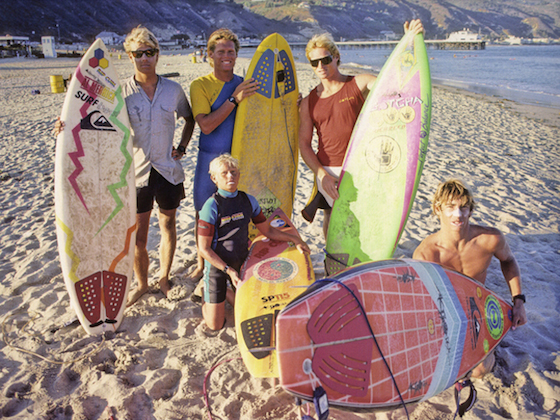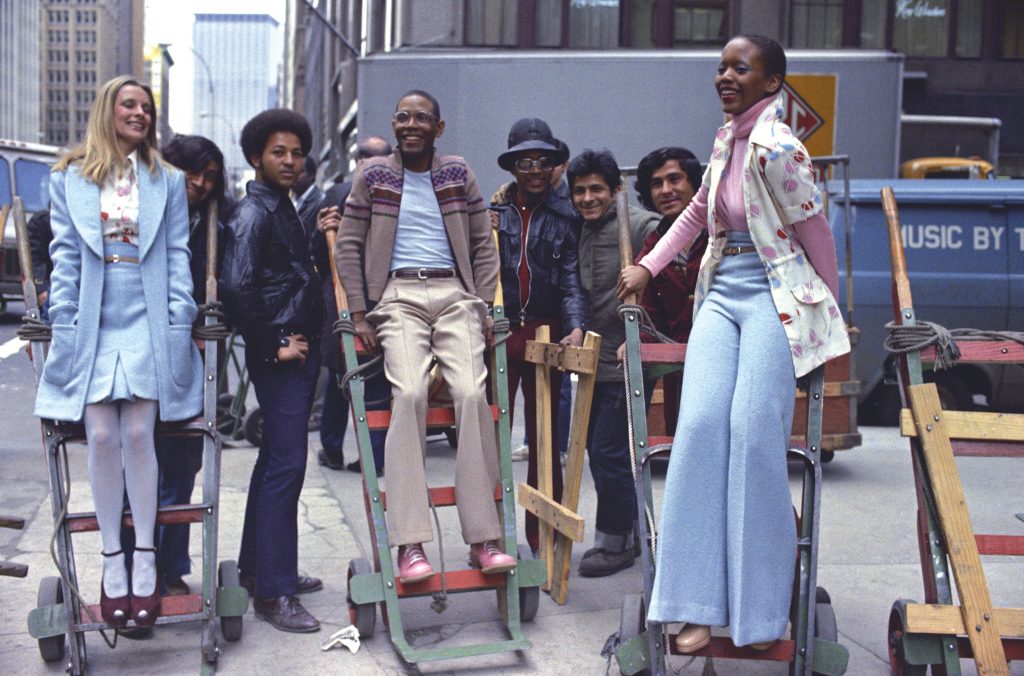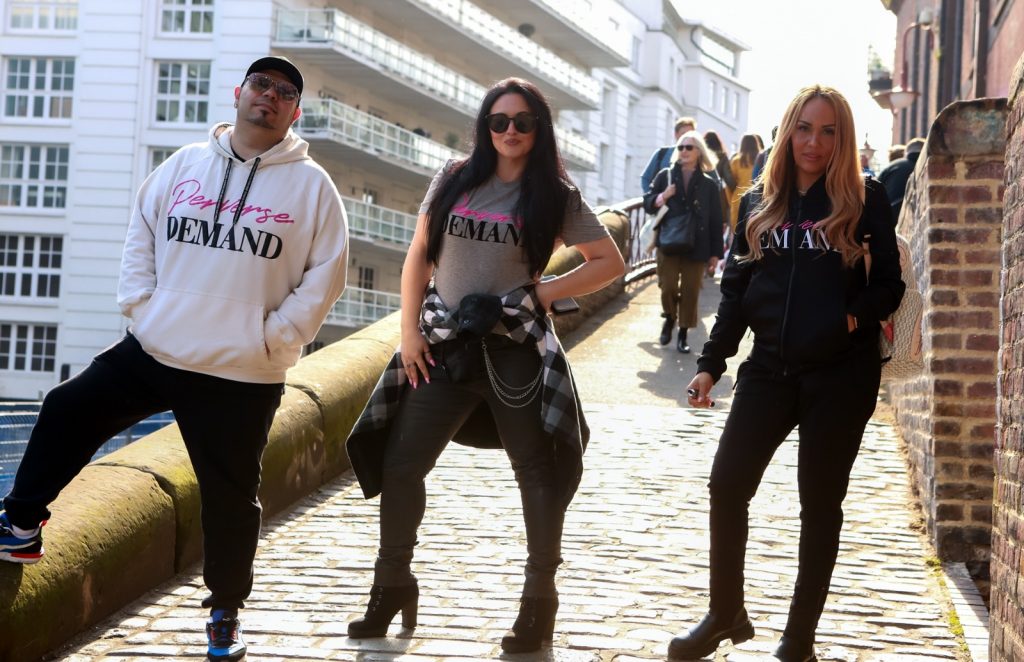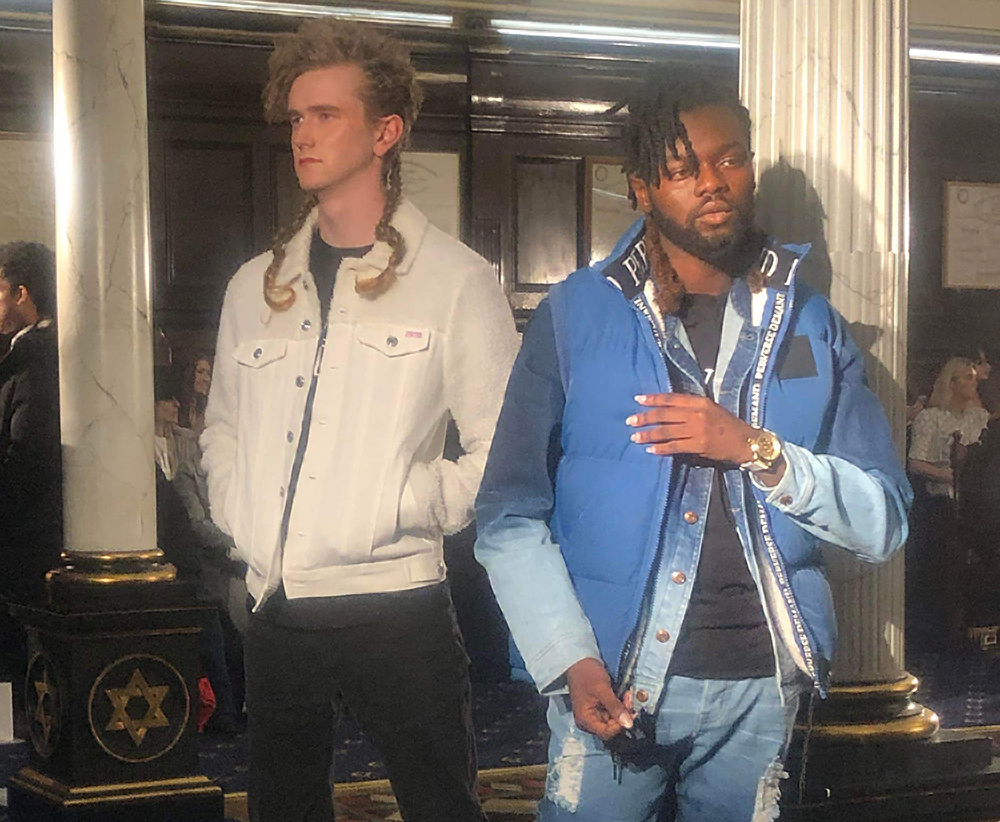
What to Wear to a Festival: Standing Out From The Crowd
Festival season is upon us! We’ve already checked out Isle of Wight and had Glastonbury FOMO with loads more to come in the next couple
If you’re interested in contemporary fashion and wondering who invented streetwear, you may find lots of different answers. Streetwear, as we know it now, began in the 1980’s and 1990’s and can be traced back to California’s surf and skate culture. Surfers and skaters started by customising their boards with stickers and their own graphics. Pretty soon their signature style included clothing featuring similar logos and designs.
The key pioneers of this emerging surf and skate trend include:
Shaun Stussy, originally a surfboard manufacturer who scrawled his surname on his boards with a broad tipped marker. He started to use the, now familiar logo, on T-shirts, shorts and caps, which he originally sold from his car around Laguna Beach, California.
James Jebbia, founder of skate brand Supreme, aimed at skaters. In 1994 he opened the first Supreme store in Manhattan. Its unique layout with merchandise arranged around the perimeter of the store, was designed to allow his customers to skate directly into the store.

It’s impossible to look at who invented streetwear without mentioning a connection to the early hip hop fashion scene of the 80’s and 90’s. Streetwear’s most iconic item; the sneaker, came from both hip-hop and basketball. These predominantly black cultures created a casual, athletic inspired style.
Dapper Dan, opened a Harlem based boutique in 1982. He created designs for hip-hop artists, including LL Cool J, Jay-Z, and influential people of color. In 2017 he launched a fashion line with Gucci, a collection inspired by his original designs and shot on young people from Harlem.
Before the arrival of surf/ skate and hip-hop culture, Andrea Tuzio writing for Collater.al, reminds us that Willi Smith may have invented streetwear. Willi worked as the lead designer for sportswear brand Digits until it closed in 1973. Taking inspiration from the relaxed fit, typical of sportswear at that time and military and police uniforms, Willi added his own sartorial style to create what may be the first street couture.

Streetwear flips the fashion model on the head. Traditionally trend forecasters and designers dictate what we see on the runway, buyers decide what styles to mass produce for the high street, and fashion editors tell us what to buy. Streetwear consumers create their style by following popular culture rather than couture. How did this happen?
Hillary Crosley Coker writes, for InStyle about 5 women who influenced the rise of consumer driven street style before the internet and Instagram. Amongst them, Misa Hylton who style the iconic purple pantsuit on Lil’ Kim at the 1999 MTV Music Awards, and Sybil Pennix an in-house stylist (before ‘in house’ stylist was really a thing) for Heavy D, Mary J Blige and others.
Bevy Smith is the pied piper of teaching luxury brands the power of the black dollar. Designing with the influences of music, art and counter culture to create luxury streetwear has made fashion more inclusive.
A move away from formalwear, even in many workplaces, has enabled a bigger audience for Streetwear’s more casual aesthetic. Consumers demand comfort along with style, and want to create their own look, rather than that dictated by an outdated fashion elite.
Streetwear has disrupted fashion. Today’s digital world means that influencers, musicians, sports stars and celebrities have much more influence on what consumers consider to be fashionable and desirable. Streetwear customers align themselves, not just with a product, but with the values and lifestyle depicted by a brand.
Many streetwear brands, including ourselves at Perverse Demand, sell exclusively online, rather than in traditional stores. This allows the release of single product drops, rather than traditional seasonality. Streetwear independents often release a limited quantity of a line, creating scarcity, and even in some cases require customers to enter a lottery for the chance to purchase certain items.
By acting as a reflection of current culture, inclusivity has contributed to streetwear’s success. Unlike most areas of fashion, streetwear is often size-inclusive, gender-neutral or unisex and made or worn by people of color. Built with classic silhouettes, high quality streetwear can often be timeless and have a high resale value, streetwear can also reverse fashion’s poor reputation for sustainability.


Festival season is upon us! We’ve already checked out Isle of Wight and had Glastonbury FOMO with loads more to come in the next couple

The Met Gala ‘Garden of Time’ As expected the Met Gala (May 7th 2024) delivered a breathtaking display of sartorial innovation and creativity. The general

In April 2024 we were privileged to be part of Cardiff Fashion Week. Cardiff Fashion Week the annual celebration of style and creativity, once again
| Cookie | Duration | Description |
|---|---|---|
| cookielawinfo-checkbox-analytics | 11 months | This cookie is set by GDPR Cookie Consent plugin. The cookie is used to store the user consent for the cookies in the category "Analytics". |
| cookielawinfo-checkbox-functional | 11 months | The cookie is set by GDPR cookie consent to record the user consent for the cookies in the category "Functional". |
| cookielawinfo-checkbox-necessary | 11 months | This cookie is set by GDPR Cookie Consent plugin. The cookies is used to store the user consent for the cookies in the category "Necessary". |
| cookielawinfo-checkbox-others | 11 months | This cookie is set by GDPR Cookie Consent plugin. The cookie is used to store the user consent for the cookies in the category "Other. |
| cookielawinfo-checkbox-performance | 11 months | This cookie is set by GDPR Cookie Consent plugin. The cookie is used to store the user consent for the cookies in the category "Performance". |
| viewed_cookie_policy | 11 months | The cookie is set by the GDPR Cookie Consent plugin and is used to store whether or not user has consented to the use of cookies. It does not store any personal data. |
Sizes S-XL Available. Winner will be drawn on 30th July 2024, and asked to choose size and provide shipment details via the email address provided.